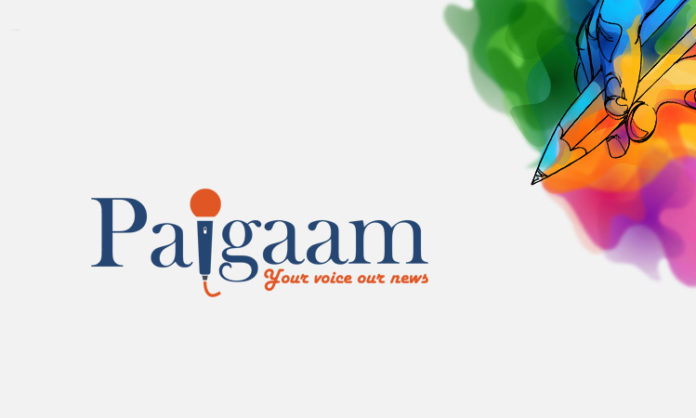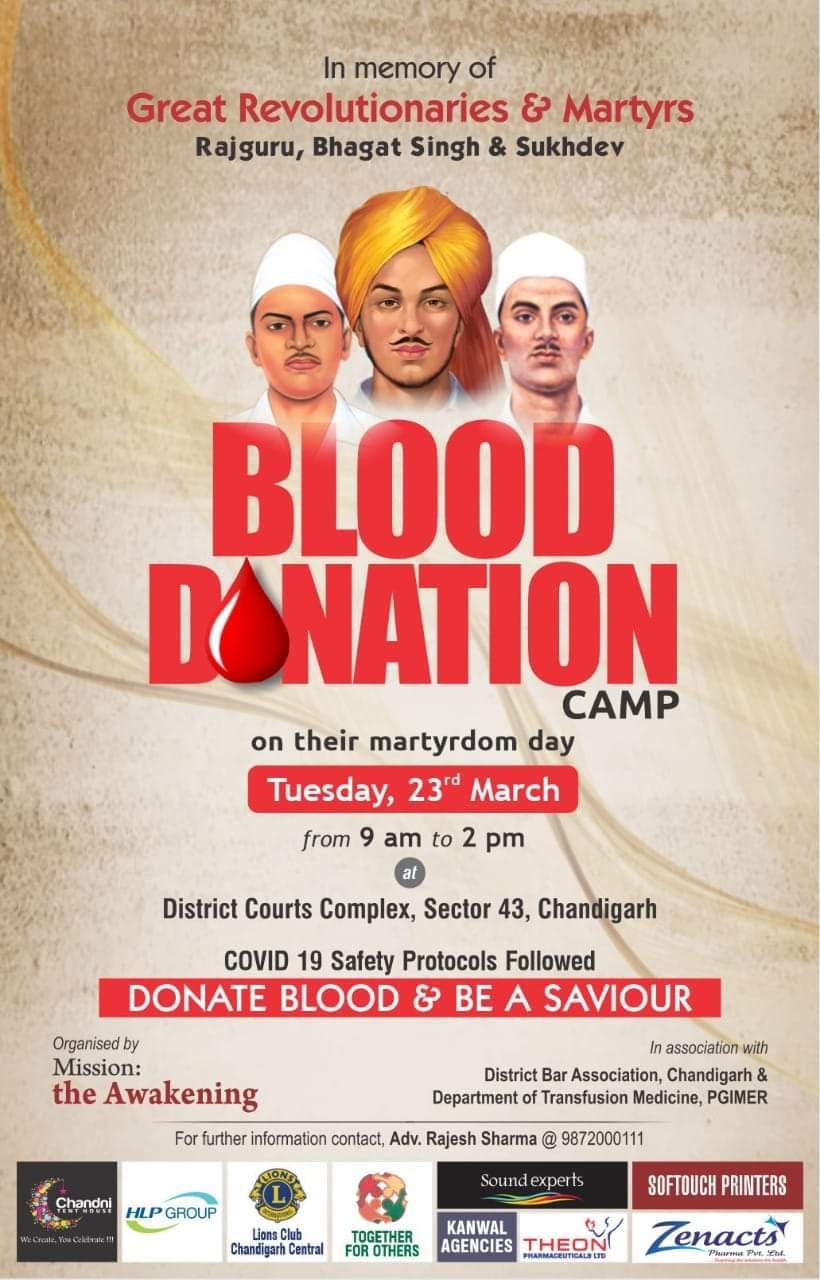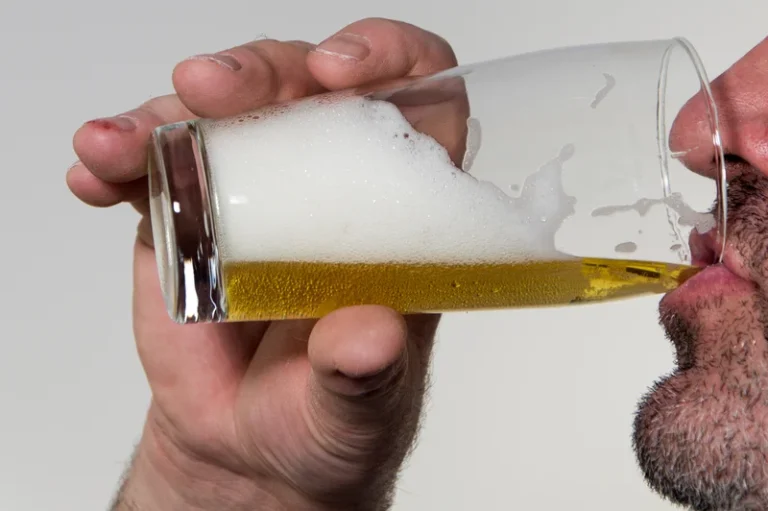
With m SNPs, a total of 3m different genotypic patterns would be theoretically possible per gene. Under the assumption of equally distributed SNPs, a sample size of 4 times 3m is expected to exhibit about 95% of the theoretically possible patterns. This estimate was almost perfectly confirmed by simulations based on the study’s genes and SNP selections. The number of different genotypic patterns observed with “gene vectors”, the genes’ so-called “diversity index”, served as estimate of a population’s inherent genetic diversity. Contact our team at Bedrock Recovery Center to learn more about our rehabilitation success rates and how we can help you create an individualized substance abuse treatment plan.
Bipolar disorder GWASs
- 27% of those with a substance use disorder have at least one mental health disorder.
- Data from 2020 reveals that only 13 percent of people with drug use disorders can access the treatment they urgently need.1 The only way a program can be considered effective is if people with SUD have the chance to access its services.
- Response to treatment was quite similar across diagnoses but very heterogeneous across patients.
- The respective results are pretty robust so that the model should be easily verified through independent studies.
- “This is really good news I think and something to share and be hopeful about,” said Dr. John Kelly, who teaches addiction medicine at Harvard Medical School and heads the Recovery Research Institute at Massachusetts General Hospital.
The magnitude of this crisis demands out-of-the-box thinking and willingness to jettison old, unhelpful, and unsupported assumptions about what treatment and recovery need to look like. Among them is the traditional view that abstinence is the sole aim and only valid outcome of addiction treatment. New York City recently opened the nation’s first official safe consumption clinics, where people with substance use disorder can use drugs under medical supervision.
- These programs monitor progress and address any issues that arise during treatment.
- Such support could be a loved one fully engaging in the addict’s recovery and helping hold them accountable.
- Today, more than 90% of inpatients hospitalized with Major Depression or Schizophrenia are treated with psychotropic drugs.
- Some use “spontaneous remission” while others use “spontaneous recovery.” There’s also debate over what constitutes treatment.
- The statistics presented in this article demonstrate the complex landscape of drug addiction treatment and recovery in the United States.
Report on the topic
Almost one third of genes showed such correlations, with mean correlations around 0.107 ± 0.102 across diagnostic subgroups. The evaluation of the gene vectors based on 549 genotyped SNPs resulted in a total of 7,748 different genotypic patterns, which was only one third (33.8%) of the theoretical number expected for this sample size under the assumption of uncorrelated SNPs. During the beginning of addiction treatment, it is important how long is drug rehab to remember that early recovery is often a roller coaster of emotions.
- When a relapse occurs, patients should speak with their healthcare providers immediately so they can make any adjustments needed to their treatment plan.
- Dr. Hoffman has successfully treated hundreds of patients battling addiction.
- For people with addictions to drugs like stimulants or cannabis, no medications are currently available to assist in treatment, so treatment consists of behavioral therapies.
- This suggested that IgM level alone may be an insufficient measure when assessing aberrancies of the inflammatory response system.
- It is the most comprehensive report on substance use and mental health indicators that SAMHSA has released to date.
- While that may appear high, consider that the relapse rate for hypertension and asthma is 50% to 70%.
Statistics on Drug Addiction Treatment and Recovery Rates in the US
- Completing rehab is a major accomplishment, and it’s important to appreciate each day in recovery as the successful experience it is.
- While not using any drugs or alcohol poses the fewest health risks and is often necessary for sustained recovery, different people may need different options.
- There is an urgent need for a nationwide, coordinated response that a tragedy of this magnitude demands.
- The model presented here for predicting the response to psychopharmacological treatment has been convincingly confirmed by empirical data.
- Common co-occurring mental illnesses include anxiety disorders, mood disorders, and personality disorders.
- The majority of them receive combinations of several antidepressants, antipsychotics, mood stabilizers, anxiolytics, hypnotics, antihistamines, and anticholinergics, along with other somatic treatments 1.
- Drug addiction is a pervasive issue in the United States, affecting millions of people and their families.
Reps can discuss treatment and aftercare options; plus, they can verify any insurance you have (or you can verify benefits online). For those who prefer to text rather than talk, text assistance is also available. No relapse is too big to recover from, and in fact, you can take immediate action to regain your sobriety. However, it’s important to assess the relapse and identify things you can change or adapt to prevent a similar experience in the future.

It is conducted by the Substance Abuse and Mental Health Services Administration (SAMHSA). But as long as treatment is only regarded as successful if it produces abstinence, then even one-time lapses can trigger unnecessary guilt, shame, and hopelessness. If an individual feels like they are bad, weak, or wrong for taking a drink or drug after a period in recovery, it could potentially make it more likely for those slips to become more serious relapses. Addressing the nation’s mental health crisis and drug overdose epidemic are core pillars of the Biden-Harris Administration’s Unity Agenda. These investments enabled the expansion of lifesaving prevention, treatment, and recovery services and supports in communities throughout the country, including the transition to the 988 Suicide & Crisis Lifeline in July 2022. It’s crucial to prioritize efforts that reduce barriers to treatment, improve access to quality care, and provide long-term support for individuals in recovery.
Support for Me and My Family
But relapsing, just like with other chronic diseases, means that the treatment approach needs to be adjusted and triggers need to be reassessed. Another common misunderstanding is the idea that relapsing equals a failure of treatment success. Substance abuse changes the brain, and can alter the way a person thinks, causing them to act in ways they normally wouldn’t. Our free email newsletter offers guidance from top addiction specialists, inspiring sobriety stories, and practical recovery tips to help you or a loved one keep coming back and staying sober. According to SAMHSA’s National Survey on Drug Use and Health (NSDUH), 70.3 million people aged 12 or older (or 24.9%) used illicit drugs in the past year. While more affordable or free options are slowly becoming more accessible, distance can be another significant barrier to treatment.
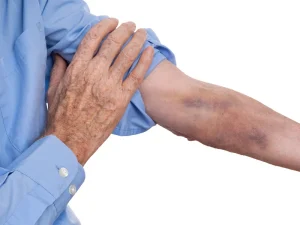
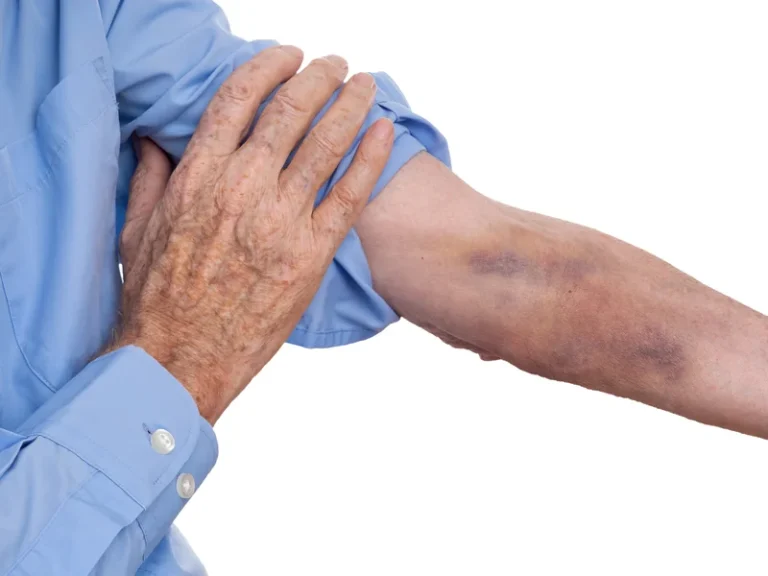
Recovery capital is a construct that captures internal (e.g., sense of purpose) and external (e.g., social support) assets that can help to initiate and sustain recovery. These measures will be assessed across all patients and all levels of care at Hazelden Betty Ford. Take our free, 5-minute substance use self-assessment below if you think you or someone you love might be struggling with substance misuse. The evaluation consists of 11 yes or no questions that are intended to be used as an informational tool to assess the severity and probability of a substance use disorder. The test is free, confidential, and no personal information is needed to receive the result.
































